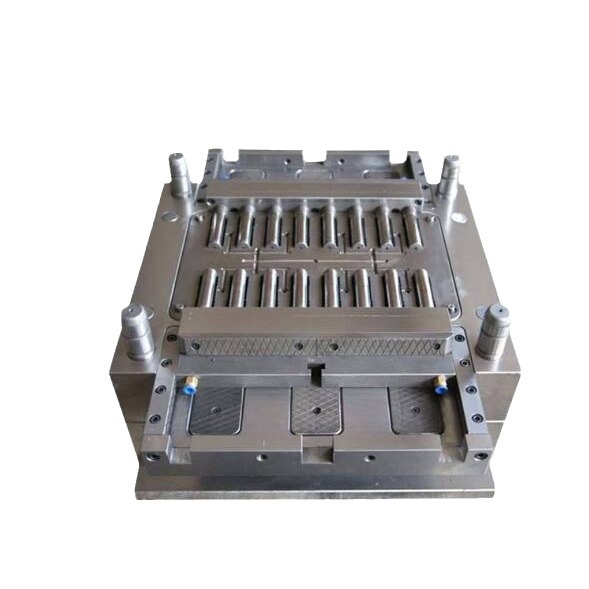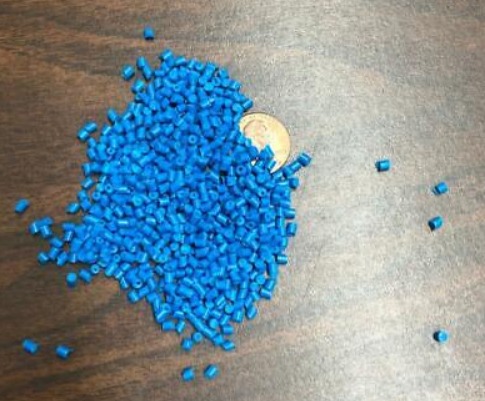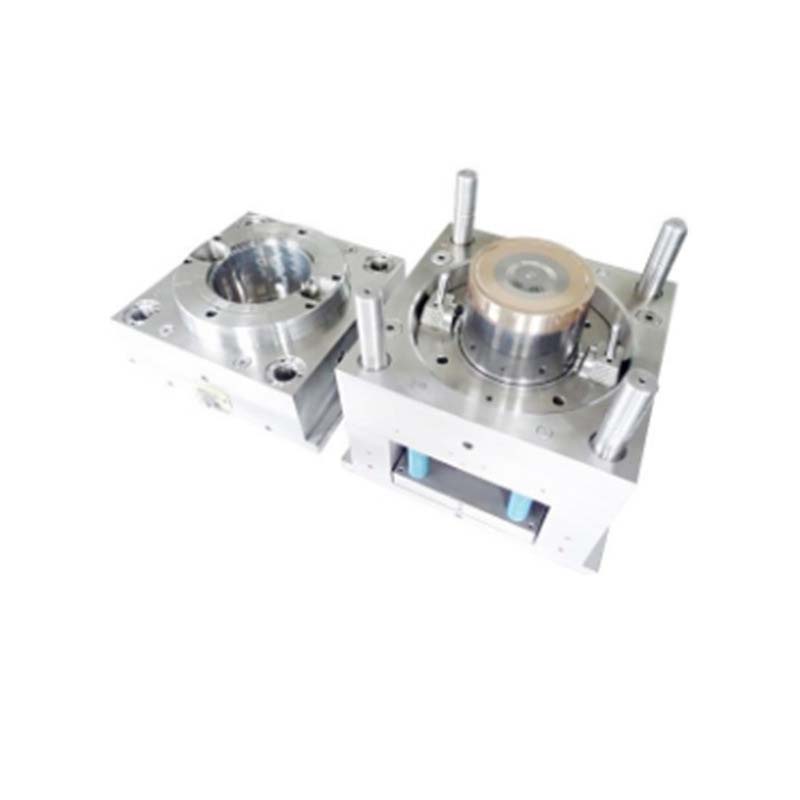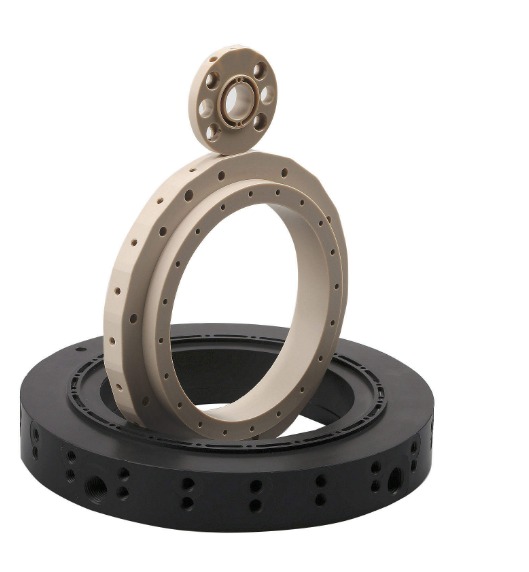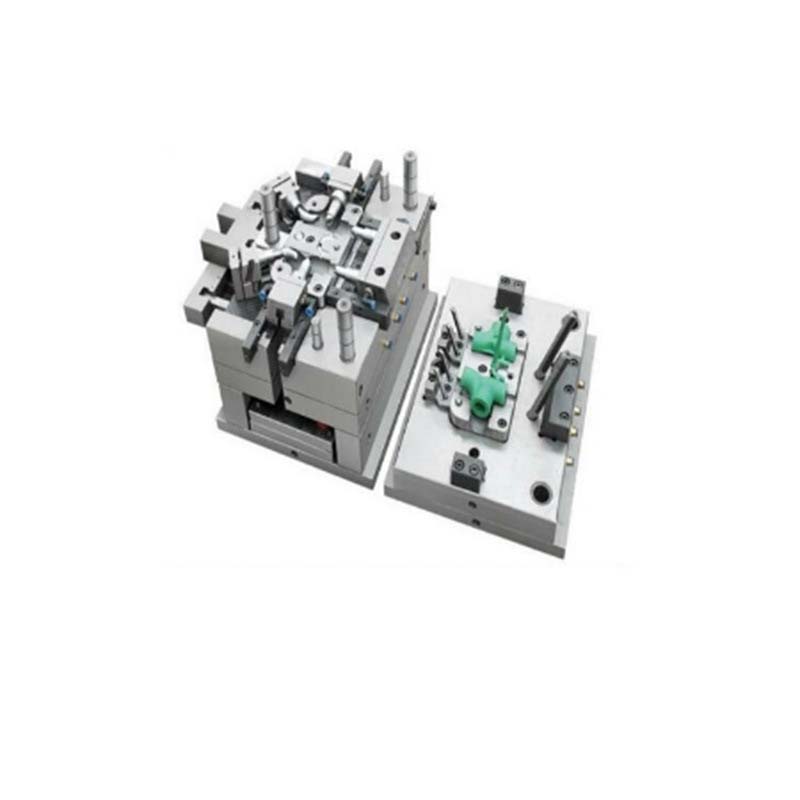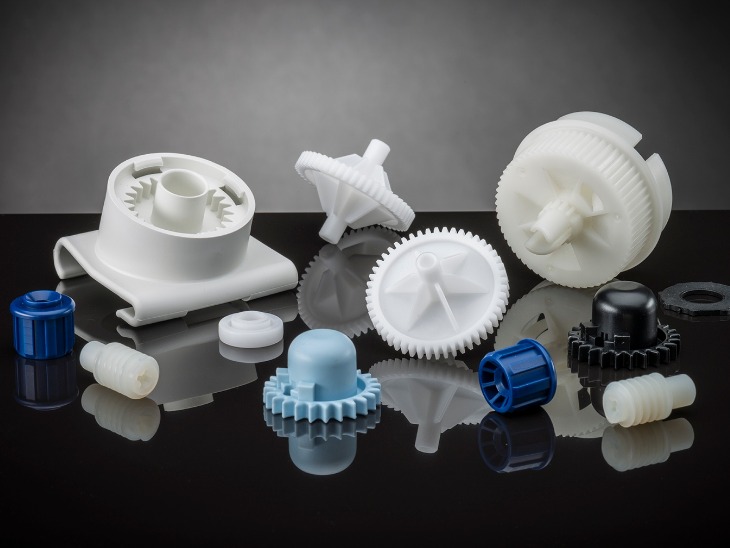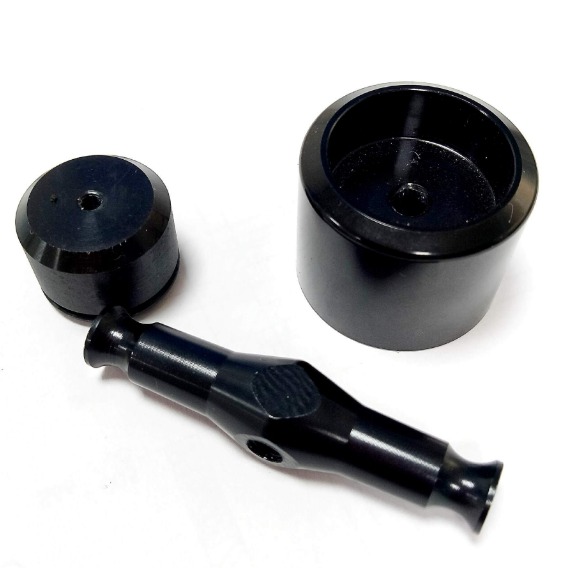Introduction
In the world of manufacturing, Large Scale Injection Molding has emerged as a game - changing technology. It has revolutionized the way products are made, from the tiniest components to large - scale industrial parts. This article aims to be a comprehensive guide for manufacturers looking to understand, implement, or optimize large scale injection molding in their production processes.
What is Large Scale Injection Molding
Large Scale Injection Molding is a manufacturing process where molten plastic or other materials are injected into a mold cavity under high pressure. Once the material fills the cavity, it cools and solidifies, taking the shape of the mold. This process is highly automated and can produce a large number of identical parts with high precision.
The key components involved in large scale injection molding are the injection molding machine, the mold, and the raw materials. The injection molding machine heats the plastic material to its melting point, injects it into the mold, and then applies pressure to ensure the material fills every detail of the mold cavity. The mold, often made of steel or aluminum, is designed with the exact shape of the final product, including any intricate details, holes, or features. And the raw materials, usually thermoplastic polymers like polyethylene (PE), polypropylene (PP), or more specialized engineering plastics, are chosen based on the product's requirements for strength, flexibility, heat resistance, etc.
Importance in Manufacturing
Large scale injection molding has found its applications in a wide range of industries:
- Automotive Industry: It is used to manufacture various interior and exterior components such as dashboards, bumpers, and door panels. For example, a single - piece bumper produced through large scale injection molding can be more cost - effective and have better structural integrity compared to assembled components. In fact, in high - volume car production, over 50% of non - metallic parts are made using injection molding.
- Consumer Goods: From toys to kitchen appliances, injection molding is the go - to process. A toy company can produce thousands of identical toys in a short period, meeting market demands during peak seasons.
- Medical Devices: Precise and sterile components like syringes, medical trays, and prosthetics are made using this process. High - precision molds ensure that medical devices meet strict quality and safety standards.
In terms of production efficiency, large scale injection molding offers several advantages. It has a relatively short cycle time, meaning that parts can be produced quickly. For instance, in some high - speed injection molding operations, a simple plastic part can be produced in as little as 10 - 20 seconds. This, combined with the ability to produce multiple parts in a single mold (multi - cavity molds), significantly increases the output.
Cost - control is another crucial aspect. While the initial investment in molds and injection molding machines can be high, the cost per unit decreases significantly as the production volume increases. This is because the cost of the mold and equipment is spread over a larger number of parts. Additionally, the process generates less waste compared to some other manufacturing methods, further reducing costs. For example, the recyclability of most thermoplastic materials used in injection molding allows manufacturers to reuse the waste material, cutting down on raw material costs.
Key Considerations for Manufacturers
Material Selection
Selecting the right material is crucial in large scale injection molding. The choice of material can significantly impact the quality, performance, and cost of the final product. Here are some common materials used in large scale injection molding and their characteristics:
- Polyethylene (PE): It is a widely used thermoplastic with excellent chemical resistance, low cost, and good electrical insulation properties. Low - density polyethylene (LDPE) is known for its flexibility and transparency, making it suitable for products like plastic bags and thin - walled containers. High - density polyethylene (HDPE) is more rigid and has higher strength, often used in applications such as pipes, buckets, and large storage containers. For example, in the production of large - scale water storage tanks, HDPE is a preferred choice due to its durability and resistance to environmental factors. However, PE has a relatively low melting point, which limits its use in high - temperature applications.
- Polypropylene (PP): PP is lightweight, has good heat resistance (it can withstand temperatures up to around 130 - 150°C), and excellent chemical resistance. It also has high fatigue resistance, making it suitable for products that require repeated bending or stress, such as plastic hinges and folding parts. In the automotive industry, PP is used to make interior components like dashboards and door trims. But PP is relatively brittle at low temperatures, so it may not be the best choice for products used in extremely cold environments.
- Polycarbonate (PC): PC offers high impact strength, excellent transparency, and good heat resistance (up to about 130 - 140°C). It is widely used in applications where optical clarity and high - strength are required, such as in the production of safety goggles, LED lenses, and automotive headlight covers. However, PC is more expensive than PE and PP, and its processing can be more challenging due to its high melting temperature and viscosity.
A comparison of these materials in terms of key properties is shown in the following table:
| Material | Strength | Heat Resistance | Cost | Transparency | Chemical Resistance |
| PE (LDPE) | Low - Medium | Low | Low | High | Good |
| PE (HDPE) | Medium - High | Low | Low | Low | Good |
| PP | Medium - High | Medium | Low - Medium | Low | Excellent |
| PC | High | High | High | High | Good |
Mold Design and Engineering
Mold design is the heart of the injection molding process. A well - designed mold can ensure high - quality parts, efficient production, and long - term mold durability.
- Mold Structure: The mold structure should be robust enough to withstand the high pressures during injection molding. For large - scale molds, proper reinforcement and support structures are essential. For example, a two - plate mold is a common type, consisting of a stationary half (the cavity) and a moving half (the core). The parting line, where the two halves of the mold meet, needs to be carefully designed to ensure proper alignment and prevent flash (excess material) from forming. In more complex molds, such as those for multi - part or undercut - containing products, additional mechanisms like slides and lifters may be required to enable the removal of the molded part.
- Cooling System: An efficient cooling system is crucial for reducing cycle times and ensuring uniform cooling of the molded part. The cooling channels in the mold should be strategically placed to ensure that heat is evenly dissipated from all parts of the mold cavity. For instance, in the production of large plastic panels, cooling channels close to the surface of the mold can help the panel cool quickly and evenly, preventing warping and other defects. The coolant used is typically water or a water - glycol mixture, and the flow rate and temperature of the coolant need to be carefully controlled.
- Gate Design: The gate is the opening through which the molten material enters the mold cavity. Gate design affects the flow of the material, filling time, and the quality of the final product. There are different types of gates, such as point gates, edge gates, and film gates. A point gate, for example, is often used for small, precise parts as it provides a high - pressure injection and can be easily removed from the part. In contrast, an edge gate is suitable for larger parts as it allows for a more uniform flow of the material. The size and location of the gate are critical; if the gate is too small, it can cause high - pressure drops and incomplete filling, while an improperly located gate can lead to weld lines, air traps, or non - uniform part density.
Equipment and Machinery
Large scale injection molding requires specialized equipment to handle the high - volume production and large - scale parts.
- Injection Molding Machines: The injection molding machine is the primary equipment in the process. For large - scale injection molding, machines with high clamping forces and large shot capacities are needed. Clamping force is essential to keep the mold closed during injection, preventing the mold from opening due to the high injection pressure. For example, a large - scale automotive bumper may require an injection molding machine with a clamping force of several thousand tons. The shot capacity refers to the amount of molten material the machine can inject in one cycle. Machines with larger barrels and screws are used to handle the large volumes of material required for big parts. Some common injection molding machine brands in the market include 海天 (Haitian), Engel, and Arburg, each offering a range of models with different specifications to meet various production needs.
- Auxiliary Equipment:
- Plastic Dryers: Since many plastic materials are hygroscopic (absorb moisture from the air), a plastic dryer is used to remove moisture before the material is fed into the injection molding machine. Moisture in the plastic can cause defects such as bubbles, surface blisters, and reduced mechanical properties in the final product.
- Mold Temperature Controllers: These devices are used to maintain the optimal temperature of the mold. By controlling the mold temperature, manufacturers can ensure consistent part quality, reduce cycle times, and improve the surface finish of the molded parts. For example, in the production of high - precision optical components, precise mold temperature control is crucial to achieve the required optical properties.
- Material Conveying Systems: For large - scale production, automated material conveying systems are used to transport the plastic pellets from storage silos to the injection molding machines. These systems can handle large volumes of material and ensure a continuous supply of raw material, improving production efficiency.
Yigu Technology's Perspective
As a non - standard plastic metal products custom supplier, Yigu Technology has a deep - seated understanding of large scale injection molding. In our experience, customization in large scale injection molding is not just about creating unique products but also about meeting the diverse and complex needs of our clients.
We have mastered the art of tailoring molds and processes to produce non - standard plastic and metal products. Our team of experts is well - versed in material selection, ensuring that the right combination of materials is used to achieve the desired product performance. For example, when working on a project that requires both high strength and corrosion resistance, we carefully choose materials and develop special compounding techniques.
Regarding industry trends, we see a growing demand for sustainable and high - performance materials in large scale injection molding. We are committed to researching and adopting new materials that are not only environmentally friendly but also offer enhanced properties. Additionally, we are actively integrating advanced digital technologies into our production processes to improve efficiency, quality control, and customization capabilities.
FAQ about Large Scale Injection Molding
Q1: How to choose the right material for large scale injection molding?
When choosing a material for large scale injection molding, first, consider the product's application. For example, if it's an automotive exterior part, materials with high impact resistance and weatherability like polypropylene (PP) modified with additives are often a good choice. Second, look at the performance requirements such as strength, heat resistance, and chemical resistance. If the product will be exposed to high temperatures, materials like polycarbonate (PC) might be more suitable. Cost is also a crucial factor. Commodity plastics like polyethylene (PE) are generally more cost - effective for large - scale production, while engineering plastics are more expensive but offer better performance in specific areas. Additionally, consider the material's processability. Some materials may require special processing conditions or equipment, which can affect production efficiency and cost.
Q2: What are the main factors affecting the quality of large scale injection molding products?
The quality of large scale injection molding products is affected by multiple factors. Mold quality is fundamental. A well - designed and precisely machined mold ensures accurate part dimensions and good surface finish. Any defects in the mold, such as rough surfaces or incorrect cavity dimensions, will be transferred to the product. Injection molding process parameters also play a vital role. Parameters like injection pressure, injection speed, melt temperature, and cooling time need to be carefully adjusted. For instance, too high an injection pressure can cause flash or excessive internal stress in the part, while insufficient cooling time can lead to warping. Raw material quality is another key factor. Impurities or inconsistent material properties in the raw materials can result in product defects such as brittleness, discoloration, or inconsistent mechanical properties.
Q3: How to maintain and extend the lifespan of injection molds?
Regular maintenance is essential to extend the lifespan of injection molds. Cleaning should be done regularly. After each production cycle, remove any residual plastic, dust, and debris from the mold surface and cavities. This can be done using appropriate cleaning agents and tools, such as soft brushes and solvents that are compatible with the mold material. Lubrication of moving parts, like guide pins, slides, and ejector mechanisms, helps to reduce friction and wear. Use high - quality lubricants suitable for the operating conditions of the mold. Inspecting for wear is crucial. Regularly check the mold for signs of wear, such as erosion of the cavity walls, wear on the gates, or damage to the ejection system. Replace any worn - out components promptly to prevent further damage to the mold and ensure consistent product quality. Also, store the mold properly when not in use, protecting it from environmental factors like moisture and physical damage.
